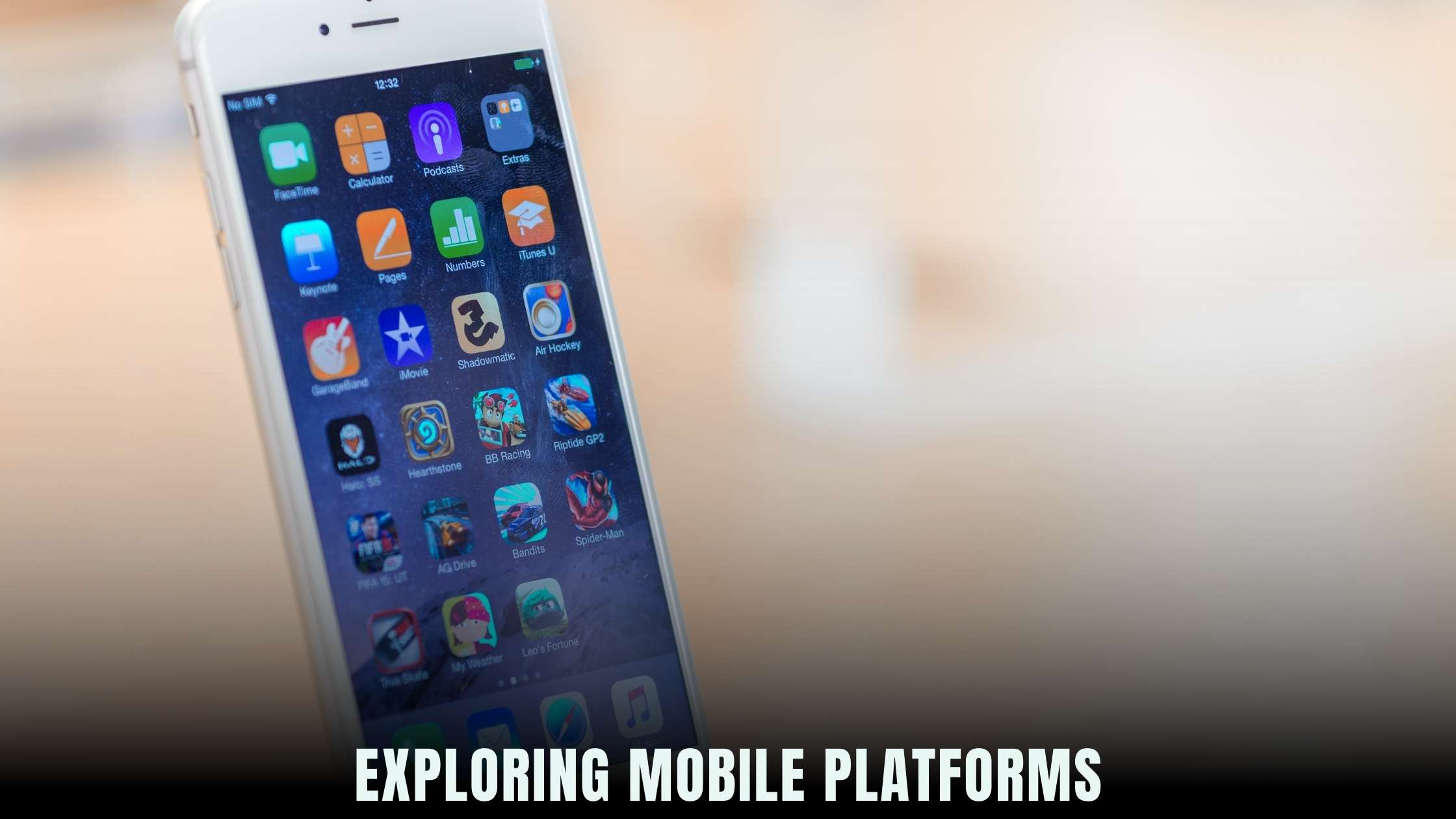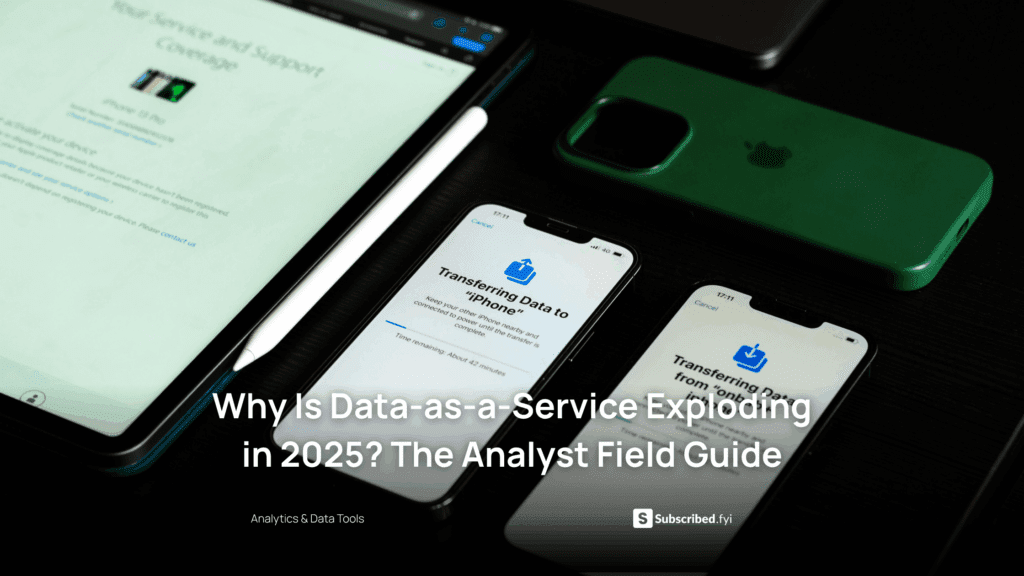Navigating OS Trends: The Most Common Mobile Operating Systems
- Data as a Service (DaaS) Software Marketing & Analytics


Navigating OS Trends: The Most Common Mobile Operating Systems
In today’s digital age, mobile devices have become an integral part of our daily lives, serving as powerful tools for communication, productivity, entertainment, and more. Behind the sleek interfaces and intuitive user experiences lie sophisticated mobile operating systems (OS) that power these devices. In this article, we’ll explore the most common mobile operating systems, their features, and their impact on the mobile landscape.
Understanding Mobile Operating Systems
Android
Android, developed by Google, is the most widely used mobile operating system globally. Known for its open-source nature, Android offers a customizable and versatile platform for smartphones, tablets, smartwatches, and other devices. With a vast ecosystem of apps available on the Google Play Store, Android provides users with a wide range of options for customization, productivity, gaming, and entertainment.
iOS
iOS, developed by Apple, is the operating system that powers iPhone, iPad, and iPod Touch devices. Renowned for its sleek design, seamless user experience, and tight integration with Apple’s ecosystem, iOS offers a curated selection of apps through the Apple App Store. With a focus on security, privacy, and performance, iOS appeals to users who value simplicity, reliability, and premium hardware.
HarmonyOS
HarmonyOS, developed by Huawei, is an open-source operating system designed to provide a seamless and unified experience across a wide range of devices, including smartphones, tablets, smart TVs, wearables, and IoT devices. With its distributed architecture and cross-device collaboration features, HarmonyOS aims to offer users a cohesive and interconnected ecosystem for enhanced productivity and convenience.
KaiOS
KaiOS is a lightweight operating system based on Linux that powers feature phones and smart feature phones, offering a simplified user interface and essential smartphone functionalities at an affordable price point. With its focus on accessibility and affordability, KaiOS caters to users in emerging markets and those seeking a reliable mobile experience without the complexity of modern smartphones.
Windows 10 Mobile
Windows 10 Mobile, developed by Microsoft, is an operating system designed for smartphones and small tablets, offering integration with Microsoft services such as Office, Outlook, and OneDrive. While Windows 10 Mobile has been largely phased out in favor of other platforms, it still provides a familiar and productive environment for users who rely on Microsoft’s ecosystem of products and services.
Relevant SaaS Products for Mobile Operating Systems
Here are some relevant SaaS products and platforms that cater to the needs of users across various mobile operating systems:
- AirDroid: AirDroid is a remote access and device management platform that allows users to control their Android devices from a computer or another mobile device. With AirDroid, users can transfer files, manage notifications, mirror screens, and access apps remotely.
- AnyTrans: AnyTrans is a comprehensive iOS management tool that enables users to transfer, manage, and back up data on their iPhone, iPad, or iPod Touch. With AnyTrans, users can easily transfer photos, videos, music, contacts, messages, and more between their iOS devices and computers.
- Snapdrop: Snapdrop is a web-based file-sharing service that allows users to transfer files wirelessly between devices, including Android, iOS, Windows, macOS, and Linux. With Snapdrop, users can quickly and securely share photos, videos, documents, and other files without the need for cables or additional software.
- Pushbullet: Pushbullet is a cross-platform messaging and file-sharing app that enables users to send and receive messages, links, files, and notifications between their devices, including Android, iOS, Windows, and macOS. With Pushbullet, users can stay connected and productive across all their devices seamlessly.
- Microsoft Your Phone: Your Phone is a Windows app that allows users to connect their Android devices to their PC, enabling seamless integration and cross-device functionality. With Your Phone, users can access text messages, photos, notifications, and apps from their Android device directly on their Windows PC.
Conclusion
In conclusion, navigating the ever-evolving landscape of mobile operating systems requires an understanding of the key players, their features, and their impact on user experience and device functionality. Whether it’s the ubiquitous presence of Android, the seamless integration of iOS, the versatility of HarmonyOS, the accessibility of KaiOS, or the productivity of Windows 10 Mobile, each operating system offers unique strengths and capabilities to meet the diverse needs of users worldwide.
Subscribed.FYI Deals: Enhancing Mobile Experience with SaaS Tools
For users looking to optimize their mobile experience and maximize the capabilities of their devices, Subscribed.FYI offers a curated selection of SaaS products and services tailored to mobile operating systems. From remote device management to file sharing and productivity tools, Subscribed.FYI provides users with access to exclusive deals and discounts on leading SaaS solutions, empowering them to unlock the full potential of their mobile devices.
Explore the latest deals on Subscribed.FYI and discover the tools you need to navigate the world of mobile operating systems with ease.
Relevant Links:
Unlock more deals on Subscribed.FYI











